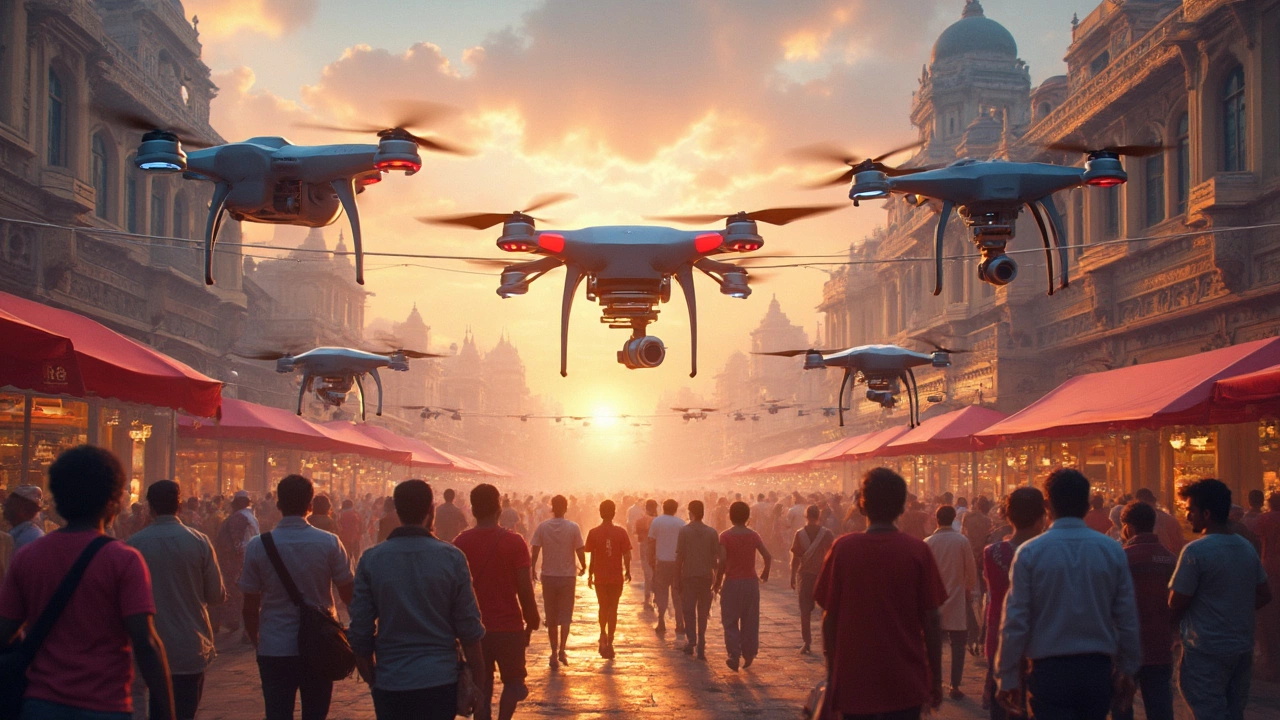US Drone Ban Explained – Quick Facts You Need
Ever heard about the US drone ban and wondered what’s really going on? You’re not alone. In just a few months the FAA put strict limits on certain drone flights, and the news has been buzzing. Let’s break it down so you know who’s affected, why the ban exists, and what you can do if you fly a drone for fun or work.
Why the Ban Was Issued
The FAA cited safety concerns after a spike in near‑miss incidents near airports and crowded events. Many drones were operating without proper registration or altitude limits, creating real hazards for pilots and the public. The ban targets high‑risk areas – major airports, densely populated festivals, and any zone where emergency services need clear airspace.
Another driver is national security. Unregistered drones flying close to critical infrastructure have raised red flags. The ban forces owners to prove they have a valid remote ID and a DGCA‑type permit (similar to India’s drone licence rules) before they can take off in restricted zones.
Who Is Affected?
If you own a hobby drone under 250 g, you probably still need to follow the new rules when you’re near the listed zones. Commercial operators feel the pinch even more – they must pause any work that involves aerial surveys, real‑estate shoots, or inspections in the banned areas until they get a special waiver.
In India, we’ve already seen similar steps. Posts like “Drone Licence Rules in India: Who Needs One and How to Get It” and “Drone Show Laws in India” show how regulators are tightening control. The US move mirrors this trend, pushing for more accountability worldwide.
For anyone planning a cross‑border project, it’s worth checking both US and Indian regulations early. You don’t want to book a shoot in Mumbai only to realize a US‑based crew can’t fly their equipment because the paperwork isn’t in order.
So, what can you do right now? First, check the FAA’s live map for restricted zones. Second, make sure your drone’s firmware is up to date and that it broadcasts a remote ID. Third, if you need to fly commercially, apply for a waiver through the FAA’s DroneZone portal – it’s a few forms, but it keeps you on the right side of the law.
Lastly, keep an eye on news updates. The ban is geared toward temporary safety fixes, but it could become a permanent part of the rulebook if the incident rate doesn’t drop. Staying informed means you won’t waste time and money on a flight that gets grounded.
Bottom line: the US drone ban is a safety and security response that affects both hobbyists and pros. It lines up with the tightening of drone rules in India, so getting your paperwork straight now will pay off later, no matter where you fly.
